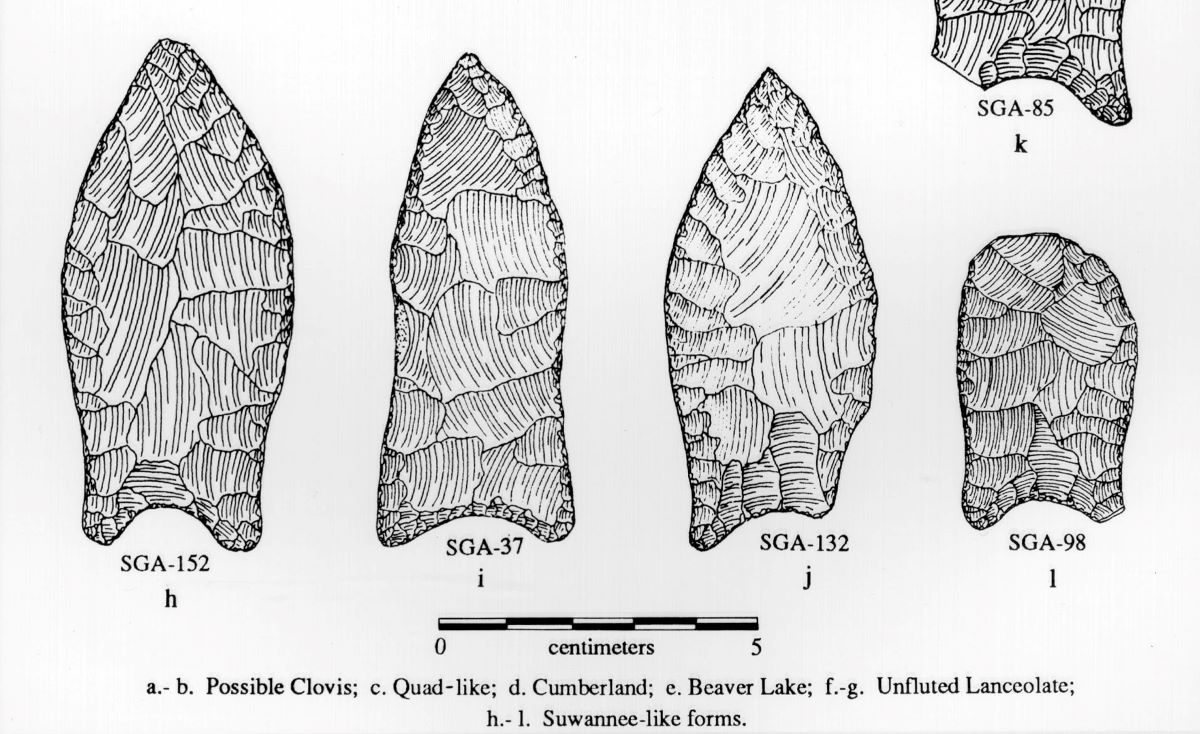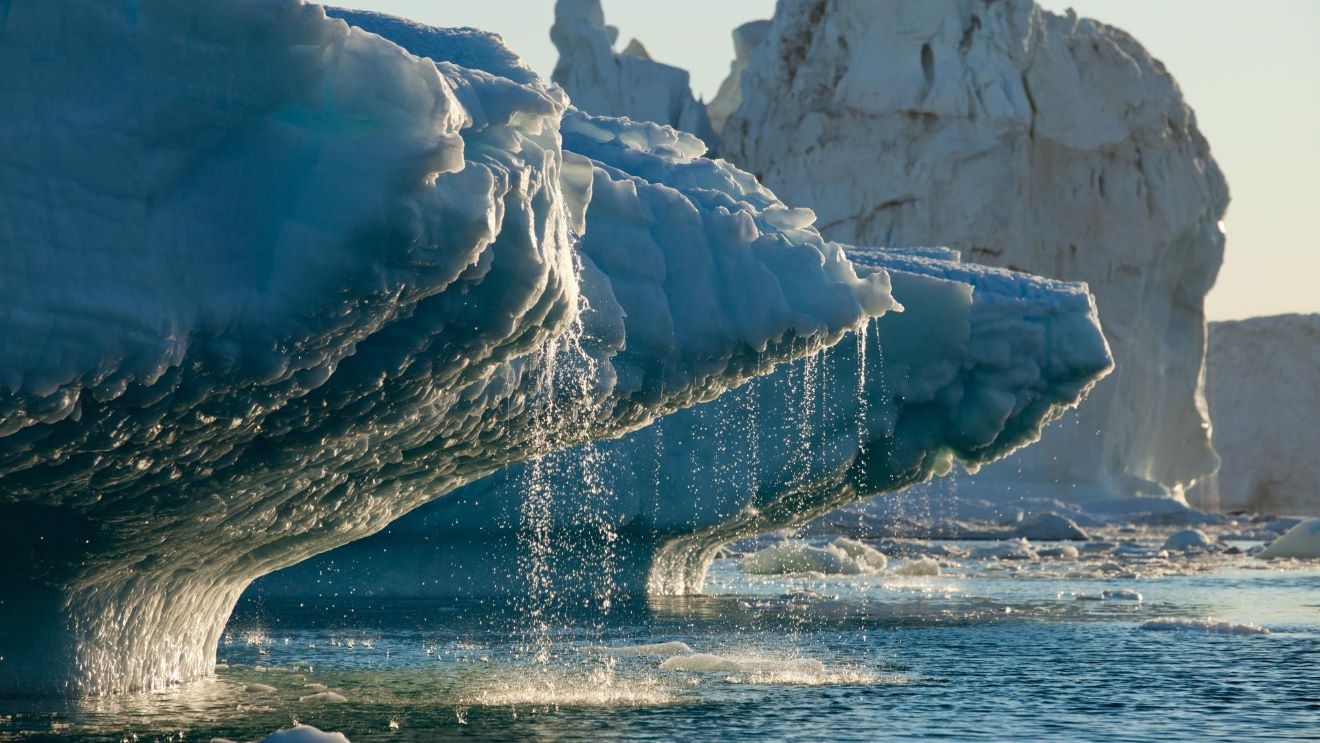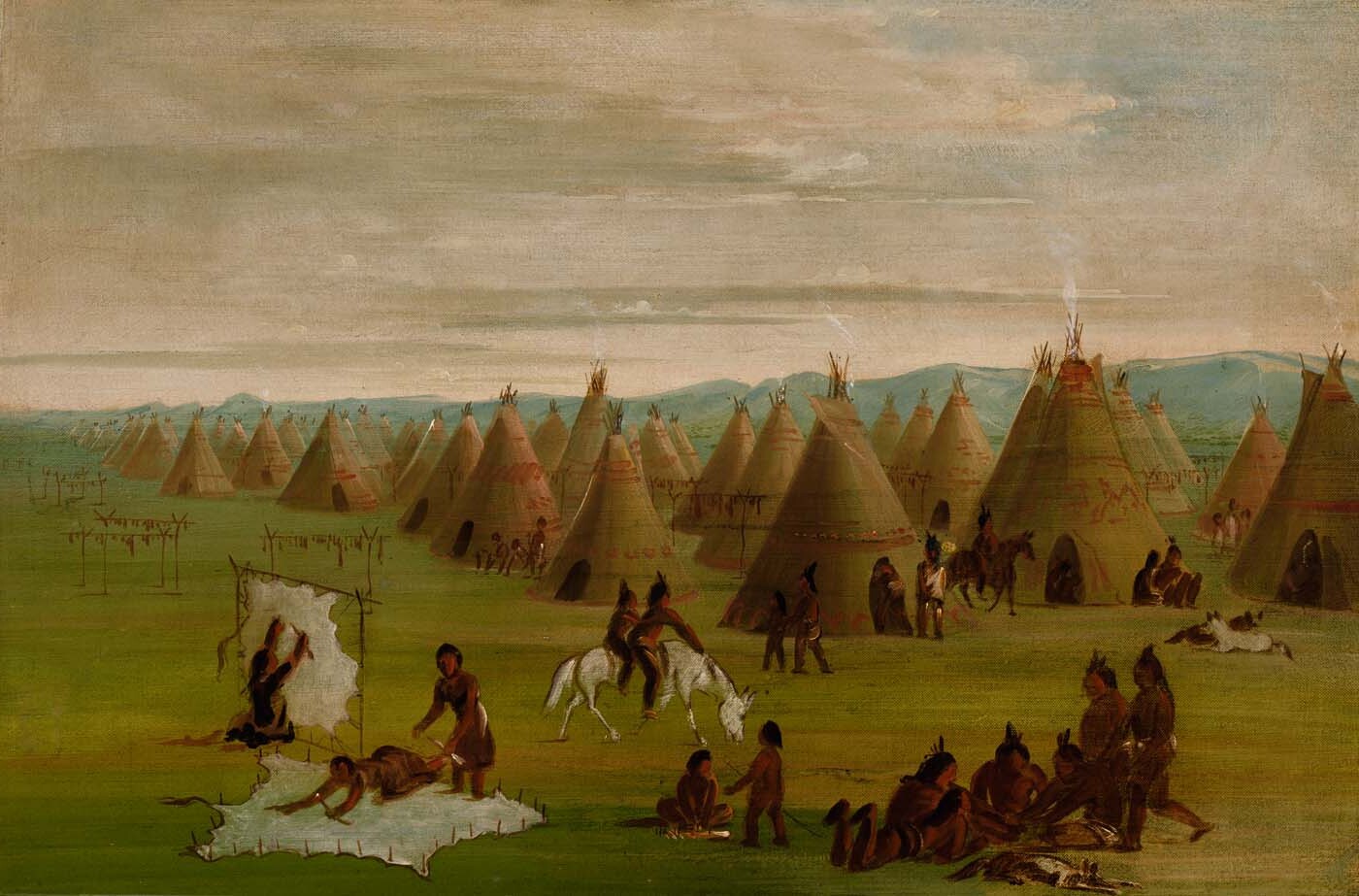
Who were the Paleo-Indians? These ancient people were the first humans to inhabit the Americas, arriving during the last Ice Age. They migrated from Asia via the Bering Land Bridge, a land connection that once linked Siberia and Alaska. Paleo-Indians were skilled hunters and gatherers, relying on large game like mammoths and bison for survival. They crafted tools from stone, bone, and wood, showcasing impressive ingenuity. Their way of life laid the foundation for future Native American cultures. Curious about their fascinating history? Let's dive into 27 intriguing facts about these early inhabitants and their remarkable journey through time.
Who Were the Paleo-Indians?
The Paleo-Indians were the first people to inhabit the Americas. They lived during the end of the last Ice Age, around 15,000 years ago. These early humans were hunter-gatherers who adapted to various environments.
- The term "Paleo-Indian" comes from the Greek word "palaios," meaning ancient.
- They migrated from Asia to North America via the Bering Land Bridge.
- Paleo-Indians are believed to have followed herds of large animals like mammoths and mastodons.
- They used stone tools, such as spear points and scrapers, to hunt and process food.
- Evidence of their existence has been found across North and South America.
Tools and Technology
Paleo-Indians were innovative in their use of tools and technology. Their survival depended on their ability to create effective hunting and gathering implements.
- Clovis points, a type of stone spearhead, are one of the most famous Paleo-Indian tools.
- They also used atlatls, or spear-throwers, to increase the distance and power of their throws.
- Bone and antler were commonly used materials for making tools and weapons.
- They crafted simple clothing from animal hides to protect themselves from the elements.
- Fire was essential for cooking food and providing warmth.
Lifestyle and Diet
Understanding the lifestyle and diet of Paleo-Indians gives us insight into how they adapted to their environment and survived.
- They were nomadic, moving frequently to follow animal migrations and seasonal plant growth.
- Their diet consisted mainly of meat from large game animals, supplemented by fish, nuts, berries, and other plant foods.
- Paleo-Indians likely lived in small, family-based groups or bands.
- They built temporary shelters using materials like animal hides, wood, and bones.
- Social structures were likely egalitarian, with everyone contributing to the group's survival.
Art and Culture
Though much about Paleo-Indian culture remains a mystery, some evidence suggests they had rich traditions and beliefs.
- They created rock art, including petroglyphs and pictographs, which may have had spiritual or ceremonial significance.
- Some Paleo-Indian sites contain burial mounds, indicating a belief in an afterlife.
- They likely had oral traditions, passing down stories and knowledge through generations.
- Artifacts such as beads and pendants suggest they valued personal adornment and possibly had trade networks.
- Rituals and ceremonies were probably important aspects of their culture.
Archaeological Discoveries
Archaeological discoveries have provided valuable information about Paleo-Indians, helping us piece together their way of life.
- The Clovis culture, named after a site in New Mexico, is one of the most well-known Paleo-Indian cultures.
- The Folsom culture, another significant group, is known for its distinctive fluted projectile points.
- Sites like Meadowcroft Rockshelter in Pennsylvania and Monte Verde in Chile have provided evidence of early human habitation in the Americas.
- Archaeologists use techniques like carbon dating and stratigraphy to determine the age of Paleo-Indian artifacts.
- Discoveries of ancient campsites, tools, and animal bones help researchers understand their daily lives and migration patterns.
Legacy and Impact
The legacy of the Paleo-Indians continues to influence our understanding of human history and prehistoric life.
- They were among the first humans to adapt to and thrive in the diverse environments of the Americas.
- Their innovations in tools and hunting techniques laid the groundwork for future indigenous cultures.
The Legacy of Paleo-Indians
Paleo-Indians left a lasting mark on history. They were the first to explore and settle in the Americas, adapting to diverse environments. Their tools, like Clovis points, show impressive craftsmanship and ingenuity. These early people hunted large animals, gathered plants, and developed survival skills that laid the foundation for future cultures.
Their migration patterns reveal a story of resilience and adaptability. From crossing the Bering Land Bridge to spreading across two continents, their journey is a testament to human endurance. The artifacts they left behind offer a glimpse into their daily lives and challenges.
Understanding Paleo-Indians helps us appreciate the roots of human civilization in the Americas. Their legacy lives on in the archaeological sites and the knowledge passed down through generations. By studying their history, we gain insight into the incredible journey of human development and survival.
Was this page helpful?
Our commitment to delivering trustworthy and engaging content is at the heart of what we do. Each fact on our site is contributed by real users like you, bringing a wealth of diverse insights and information. To ensure the highest standards of accuracy and reliability, our dedicated editors meticulously review each submission. This process guarantees that the facts we share are not only fascinating but also credible. Trust in our commitment to quality and authenticity as you explore and learn with us.


